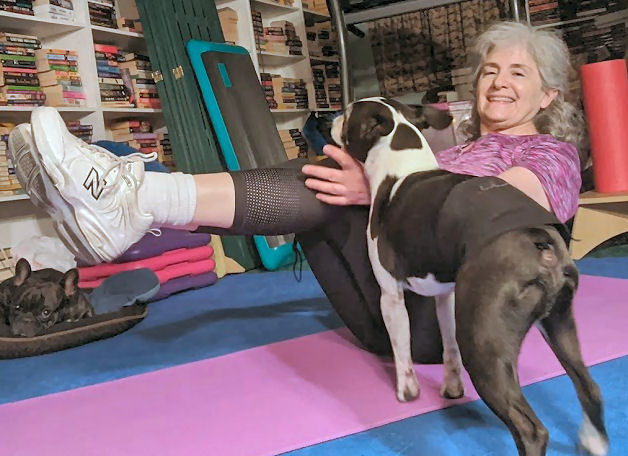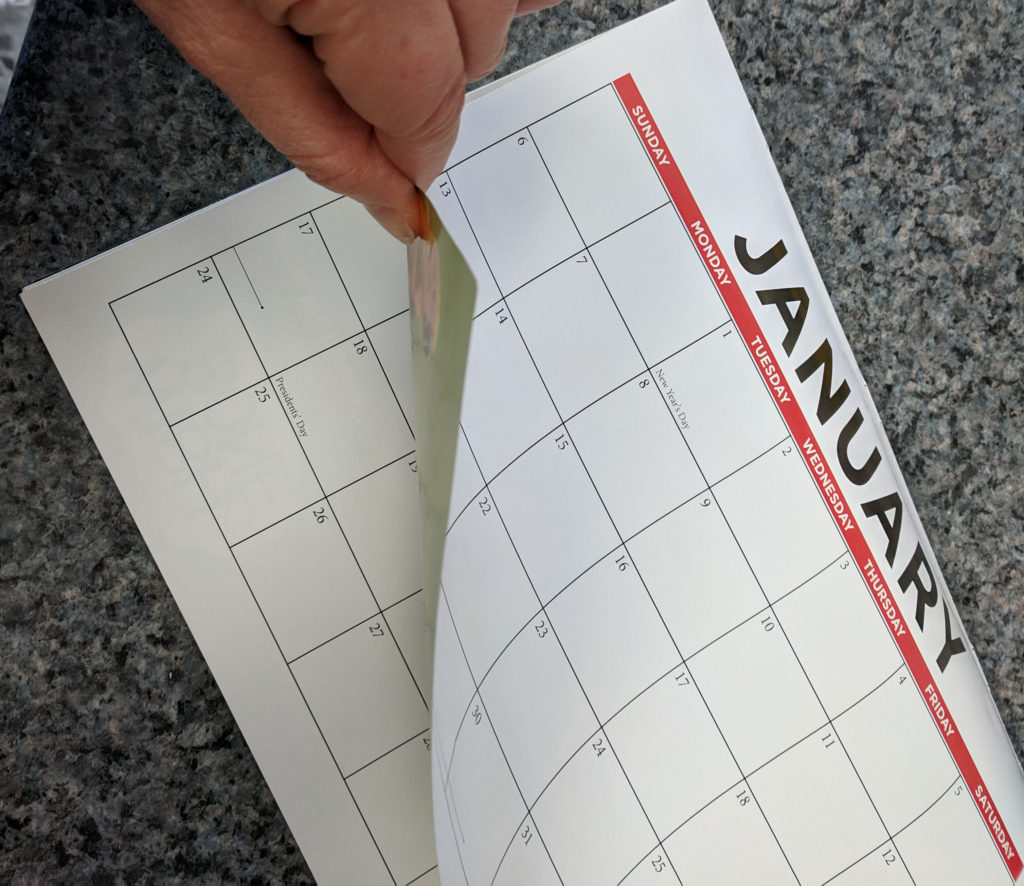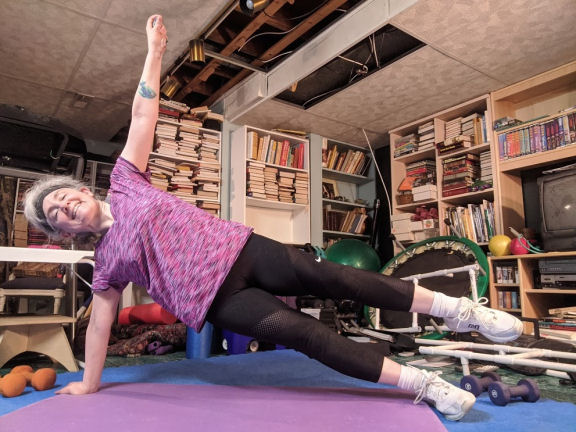It’s winter. It’s cold. I don’t want to go outside for any length of time. I don’t want to go anywhere because, well, it’s cold. But staying home is dull. What to do? Start something new. Pick a new hobby for your mental health! Dr. Eric Smiltneek, a family medicine and addiction medicine doctor at Aurora Behavioral Health, says that hobbies have “great value for our happiness and positivity.” In short, hobbies are good for our mental health.
Do your research, but pick one!
There are so many things to choose among that could hold our interest. Do your research – think of hobbies that you could picture yourself doing, then find out if there is special equipment or knowledge that would be useful in pursuing that hobby. But according to Dr. Smiltneek, don’t spend too much time on that research. Pick a new hobby and start getting happy.
The macaron experiment
Last year I made French macarons. I … almost … perfected the piping technique. I got those perfect little “feet” on the pastry, the outer crunch and inner fudginess. The sizes of the macarons were kind of random, but the finished products were delicious. And while I was in macaron baking mode, the rest of the world slipped away.
Hobbies lower stress and grow happiness
Hobbies are great for lowering stress, anxiety and blood pressure. People who enjoy hobbies are at lower risk for depression. Growing our optimism grows our happiness, and leads to greater resilience. And we all need resilience for our healthy aging.
And hobbies grow our resilience
And people who enjoy hobbies can do it either individually or in a group. One recommendation for growing our resilience is to make connections with others. Hobbies can help us do that. When we’re in a group enjoying a hobby, we automatically have something in common. It’s easier to talk to others about that thing we have in common. If I were to continue my macaron-baking hobby, I’d certainly join a class to improve my piping skills!
For more on meeting every challenge and growing your own resilience, download the ebook today.








